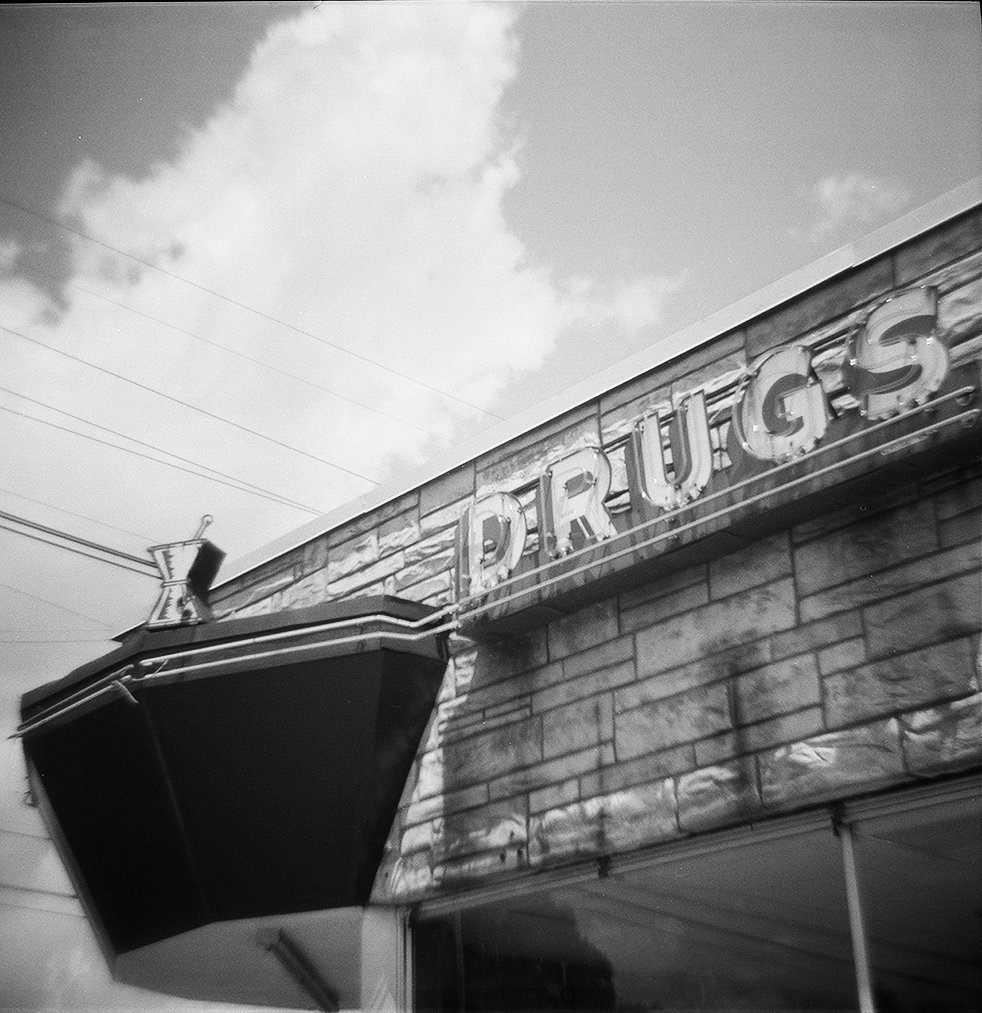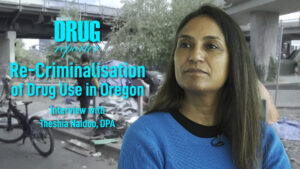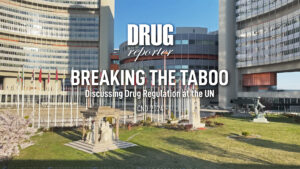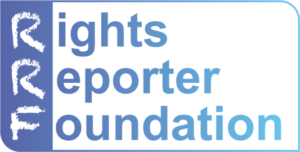New psychoactive substances – temporarily legal substitutes for traditional illicit drugs – have been around in Serbia for several years, but the biased local media coverage tends to leave one poorly informed about them.
The average Serbian media consumer could come across the so-called designer drug phenomenon only rarely in the national media. Newspaper headlines have been rather sensational, such as, “Young people taking drugs meant for horses”, (a reference to ketamine, which has been on the Serbian drug market for a couple of decades). The purpose of such articles was to fill column-inches during the silly season, when there is no other significant news. With the change of government in Serbia, the dumbing down of printed and online media accelerated, even within news organisations which until recently prided themselves on their quality journalism. Even those with a long standing tradition could not resist the trend, and begun to publish unverified information, full of misconceptions. Sensationalist headlines served to boost circulation, and were more often a useful way of distracting public attention from the many problems the country is currently facing, and which are becoming more severe as time goes on. New psychoactive substances – a topic the wider public knows very little about – fitted the bill perfectly.
 It all started with “crocodile”, or desomorphine, a homemade substance which surfaced in Russia. For weeks, the press reported about a substance which rapidly devours its users' flesh, announcing that the drug seemed to have made its appearance in Serbia. Occasionally, experts on psychoactive substance related issues, from the police and the civil society, tried to explain that there is no real profit to be made from smuggling desomorphine. Some doctors also reminded the public that the wounds shown in media photographs were actually cellulite and abscesses caused by unhygienic and improper injecting. Nevertheless, the genie was out of the bottle and it will be hard to put it back.
It all started with “crocodile”, or desomorphine, a homemade substance which surfaced in Russia. For weeks, the press reported about a substance which rapidly devours its users' flesh, announcing that the drug seemed to have made its appearance in Serbia. Occasionally, experts on psychoactive substance related issues, from the police and the civil society, tried to explain that there is no real profit to be made from smuggling desomorphine. Some doctors also reminded the public that the wounds shown in media photographs were actually cellulite and abscesses caused by unhygienic and improper injecting. Nevertheless, the genie was out of the bottle and it will be hard to put it back.
After days of publishing photos and links to clips of Russian desomorphine users, all as an illustration of the situation in Serbia, the time has now apparently come for "Chinese lipstick." An article entitled "New drugs in Serbia: murderous lipstick arrived from China" described a new, highly addictive substance, that allegedly came from Chinese laboratories, with staggering qualities, "very creative", but causing "mental retardation" to its users.
To make sure that parents wouldn't get too relaxed during the summer of 2014, and start wondering why the schools are on strike, and how their children might graduate under such conditions, both the printed and the electronic media fed them more drug panic stories, like the story on "strawberry meth". One of the headlines read, "Parents warned of arrival of new flesh-eating drug", followed by the story of a new amphetamine-type substance which, in the form of strawberry jelly, was being distributed in schools in Germany and would soon arrive in our school playgrounds. After some "before and after" photos of meth users, articles would usually continue with a generic story about crystal meth, but more likely continue by talking about how easy it is to produce meth at home; saying that it's the favorite substance among the gay population in the West; that it creates an animalistic sex drive; and that it guarantees a swift and ugly death. The story, originally released in a tabloid paper, was swiftly taken up by the digital world, and continued to spread, like a weed, across various social networks, where numerous named and anonymous associations of concerned parents pleaded for caution, and continued to share it. It’s a hard-to-believe fact that the digital media and various social networks gained such momentum on the topic, given that anyone, with the simplest search on the Internet, could discover that a similar story appeared back in 2008 in Europe, and was quickly discredited.
 The above-described phenomenon reached its peak this year, with two separate stories. The first came from the Serbian emergencies spokesperson – a cardiologist by profession. She is best-known among elderly citizens, for providing advice and warnings to chronic patients during hot summer days. Her appearance on a local television station, as usual, started with a discussion of a number of interventions carried out by emergency services during the previous 24 hours. She then mentioned that since the start of the year, twenty young people with symptoms of intoxication had sought help from emergency services, as a result of smoking "herbal incense"- the colloquial name for all synthetic cannabinoids in Serbia. However, the story did not stop there; for reasons unknown, she went on to state that, "They all said that this new drug gets them really high; but remember, children: Once a junkie, always a junkie".
The above-described phenomenon reached its peak this year, with two separate stories. The first came from the Serbian emergencies spokesperson – a cardiologist by profession. She is best-known among elderly citizens, for providing advice and warnings to chronic patients during hot summer days. Her appearance on a local television station, as usual, started with a discussion of a number of interventions carried out by emergency services during the previous 24 hours. She then mentioned that since the start of the year, twenty young people with symptoms of intoxication had sought help from emergency services, as a result of smoking "herbal incense"- the colloquial name for all synthetic cannabinoids in Serbia. However, the story did not stop there; for reasons unknown, she went on to state that, "They all said that this new drug gets them really high; but remember, children: Once a junkie, always a junkie".
Another “expert” gave her opinion on the topic of the appearance of new psychoactive substances on the Serbian drug market. The former Director of the special hospital for addictive disorders stated that she had “reliable information” about young people in Serbia who “crush fluorescent light bulbs and snort them” (wtf?).
I can’t help but wonder what the purpose might be, of such sensational and false reporting on drug related issues, instead of the drug policy reform that is gaining momentum in the world. Might it be related to the censorship of Serbian media, that international human rights organisations have been talking about?
Bojan Arsenijević, Re Generation




